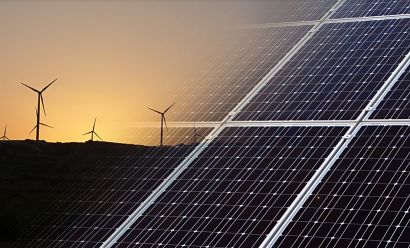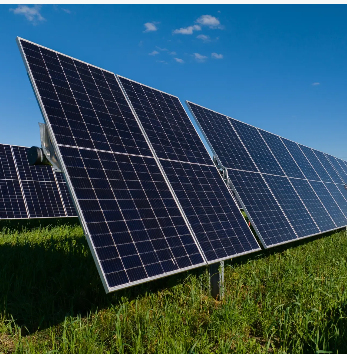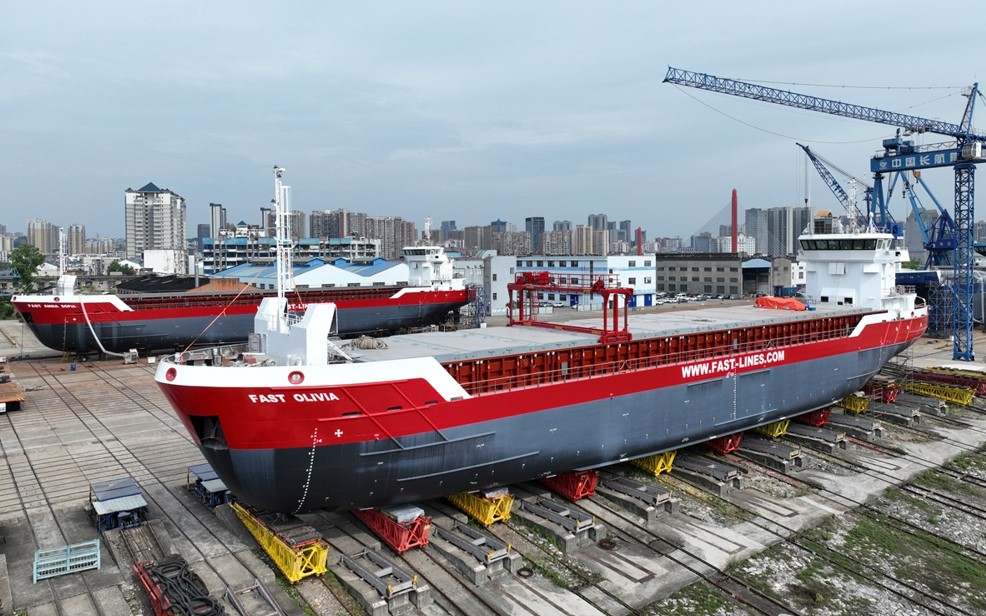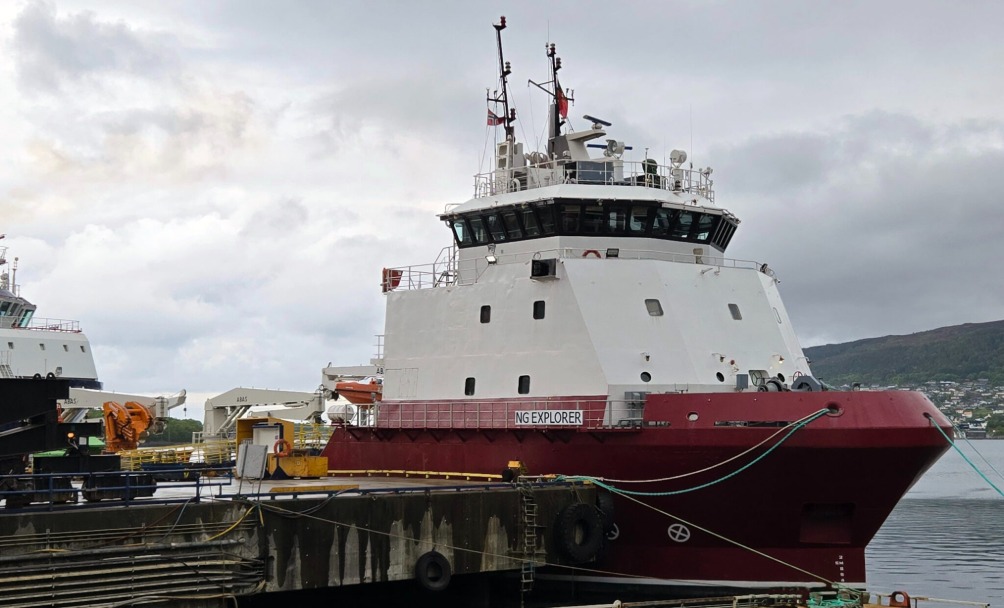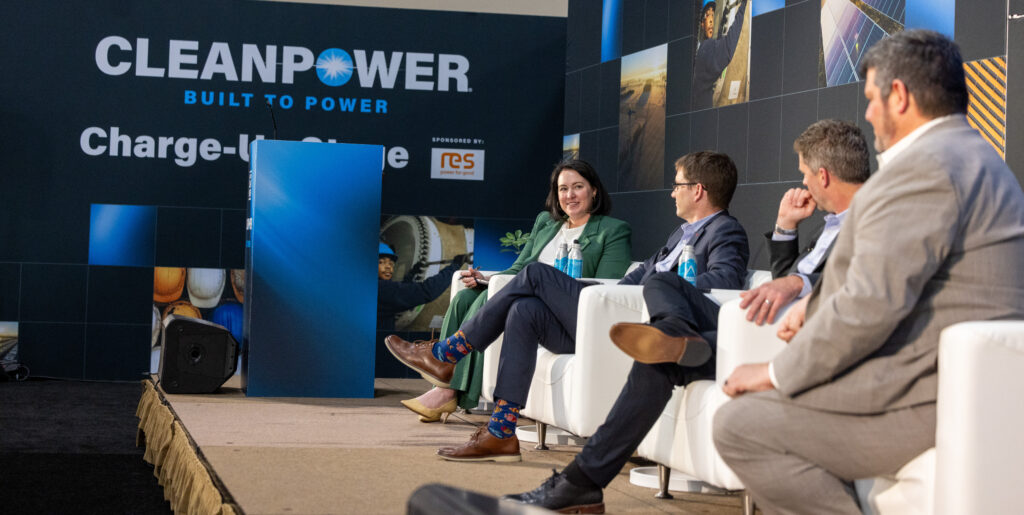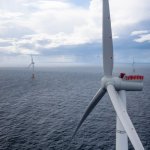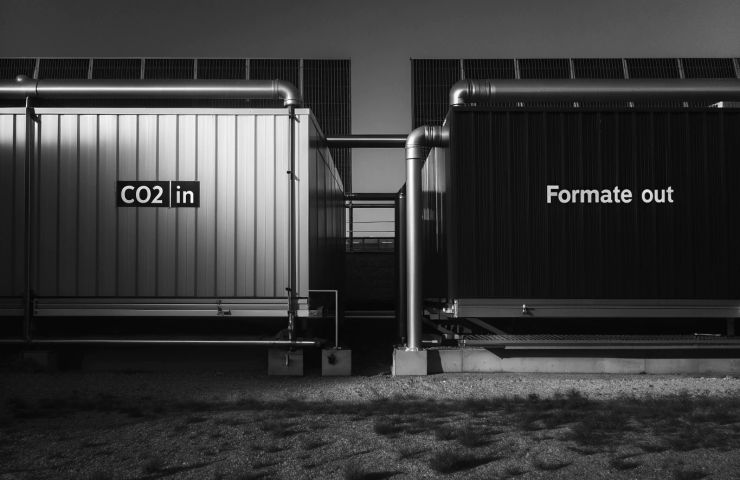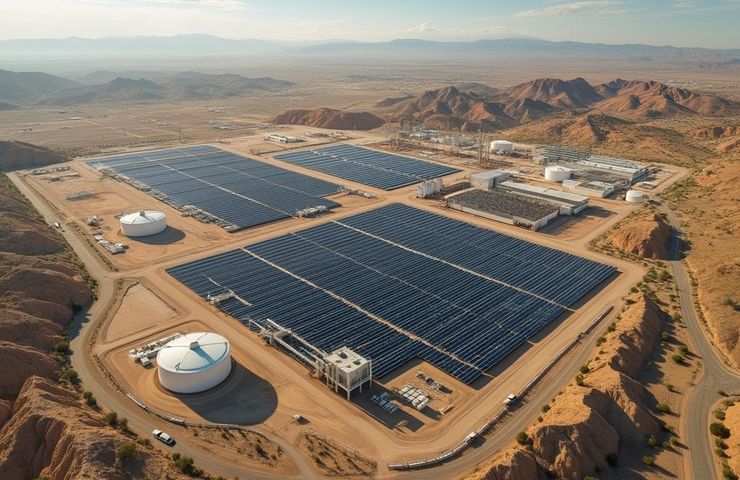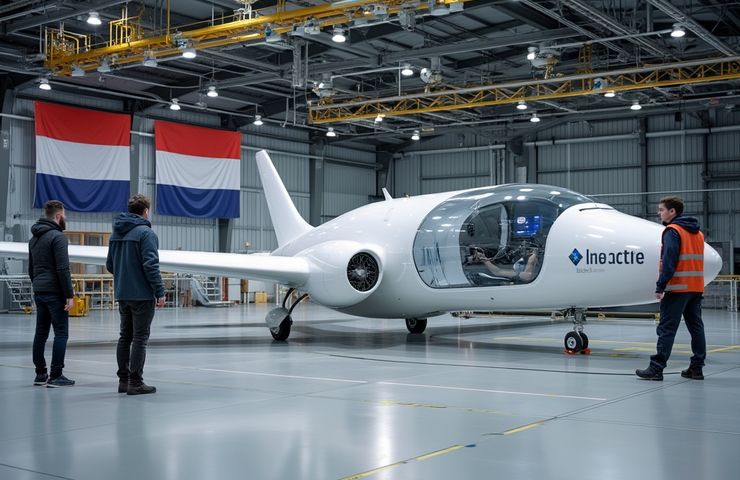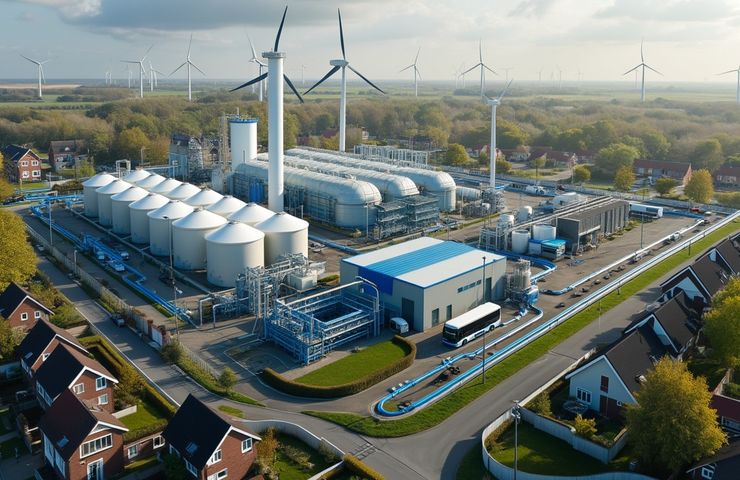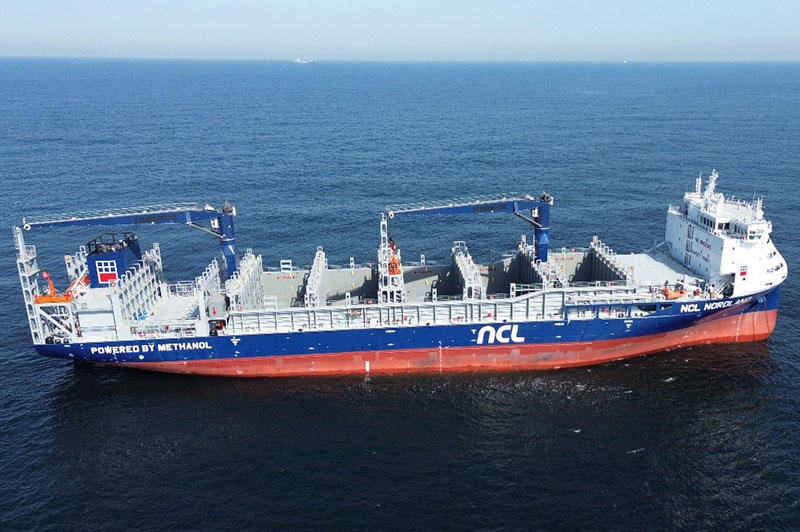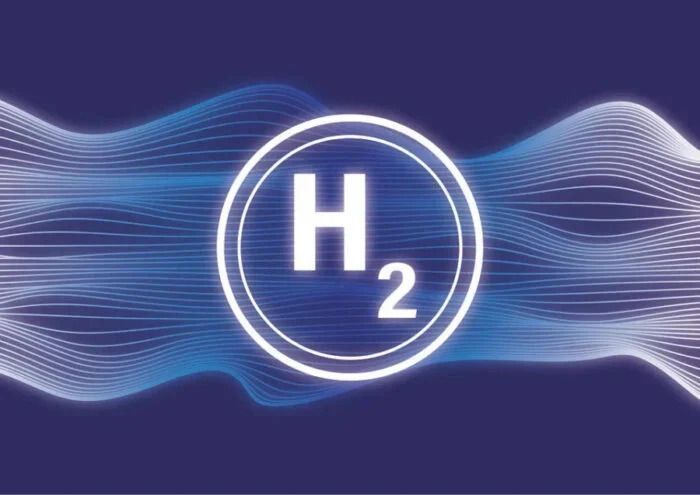Brazil’s Green Hydrogen Edge Will Potentially Position It as a Leader in Zero-Emission Steel Production
Brazil is on the verge of something big — a potential game-changer in the world of green hydrogen and hydrogen-based…
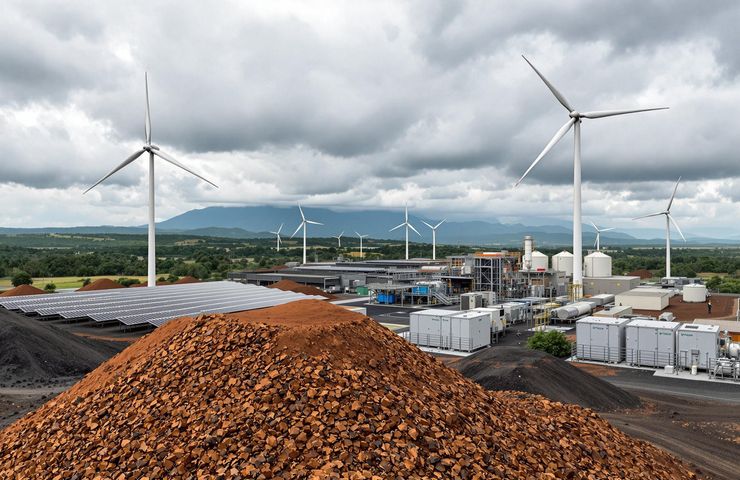

Brazil is on the verge of something big — a potential game-changer in the world of green hydrogen and hydrogen-based steelmaking. Thanks to its huge renewable energy potential, top-tier iron ore deposits, and a growing wave of supportive policy moves, the country’s shaping up to be a true powerhouse in industrial decarbonization.
Brazil’s Big Advantage: Great Ore, Cheap Hydrogen
According to a recent RMI report released on June 4, 2025, puts it plainly: Brazil could lead the pack in producing green iron using H2-DRI (hydrogen-based direct reduction) technology — and do it up to 65% cheaper than traditional steelmaking regions. Why? It largely comes down to Brazil’s natural riches in renewables — think hydro, wind, and solar — which are perfect for cranking out low-cost renewable hydrogen.
The heavy lifting will happen in iron-rich states like Minas Gerais and Pará, which currently dominate national output. With major producers such as Vale and CSN Mineração at the helm, Brazil already ranks as the world’s 9th largest steel producer. One major step forward? CSN’s new P15 project in Itabirito. Launching in 2025, it’ll add 15 million tons/year to the mix and bump up ore quality — a must-have for efficient H2-DRI processes.
Behind the Tech: How H2-DRI Works
Hydrogen-based direct reduction flips the script on carbon-heavy steelmaking. Instead of using coal or natural gas, it uses hydrogen to strip oxygen from iron ore. The result? Metallic iron and water vapor — no CO₂ emissions. And if that hydrogen comes from electrolysis powered by clean sources, you’ve got a nearly carbon-free steel value chain from start to finish.
Here’s the real kicker: green hydrogen can make up as much as 50% of the final cost in this process. Brazil’s edge in affordable, renewable electricity gives it a serious leg up. This isn’t just an energy advantage — it’s a full-on value chain opportunity.
Fueling Growth: Policy Moves and Global Demand
Things are lining up on the policy front too. Under President Luiz Inácio Lula da Silva, Brazil introduced a bold New Industry Plan in 2024. One of its headline goals? Cutting industrial CO₂ emissions per unit of economic output by 30% by 2033. Green steel production is now right at the heart of this game plan.
Internationally, the stars are also aligning. Global buyers — especially in Europe and Asia — are hungry for low-carbon materials. Between new carbon pricing systems and tighter green procurement standards, Brazil’s soon-to-be cost-effective green steel could find a solid footing in foreign markets.
Momentum in the Market
Vale, one of the world’s mining giants, is planning to churn out up to 335 million tons of iron ore in 2025. While they haven’t fully mapped out a zero-carbon path yet, their role in Brazil’s iron ecosystem makes them hard to ignore in the transition discussion. On the other hand, CSN Mineração is stepping up, targeting an upgrade in ore quality from 58% to 65% by 2028 — key to making the H2-DRI process more efficient.
And investors are paying attention. Experts are forecasting the Brazil Green Steel Market to grow at a staggering CAGR of 27% between 2025 and 2035. It’s a sign that both industry players and policymakers are fully tuned in and ready to roll.
Beyond Steel: Building a New Economy
The ripple effects of this green steel shift could reach far beyond the blast furnace. Scaling up renewable energy infrastructure to support hydrogen production could fast-track Brazil’s larger energy transition. And for communities in Minas Gerais and Pará, this green turn could mean new jobs, fresh investment in local infrastructure, and a boost in technical training for the next-gen workforce.
Of course, it’s not all smooth sailing. Challenges like ramping up hydrogen production, solving storage issues, and building out export routes with tight specs are very real. But if Brazil can pull it off, this isn’t just about transforming an industry — it’s about rewriting the country’s economic playbook.
Looking Ahead
With COP30 set in Brazil in 2025, the country is uniquely positioned to prove itself as a global leader in carbon-free industrial progress. The timing’s right, the resources are here, and the policy climate is warming up. Combine low-cost green hydrogen, high-grade ore, and bold ambition, and you’ve got a recipe for real transformation.
But ambition alone isn’t enough. Getting this right means acting fast, staying coordinated, and thinking long-term. If Brazil can do that, it won’t just be competing in the green steel race — it could be leading it.
What's Your Reaction?














